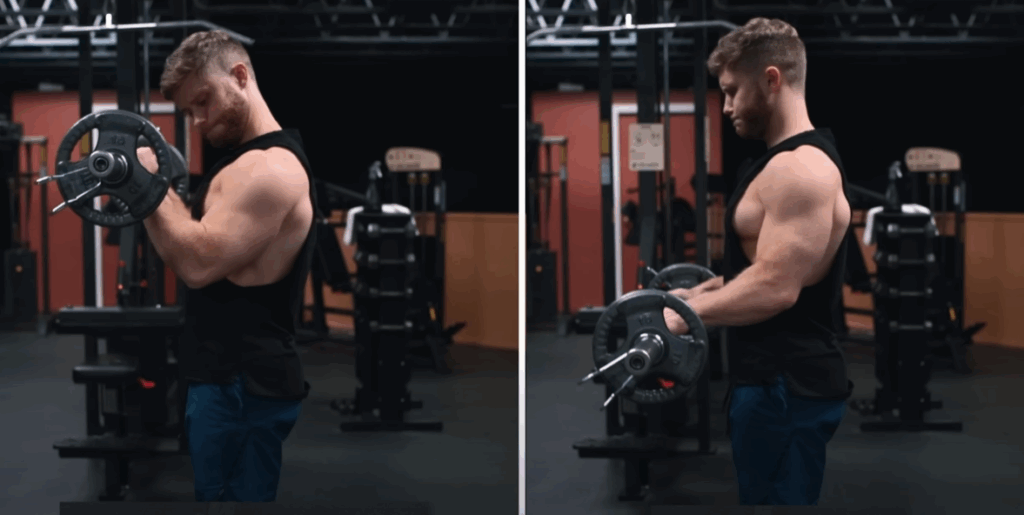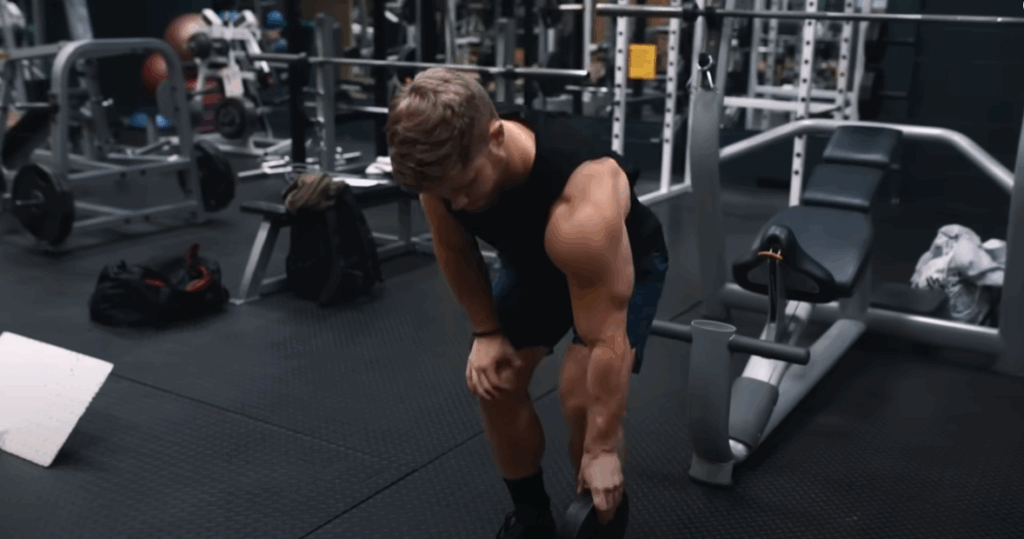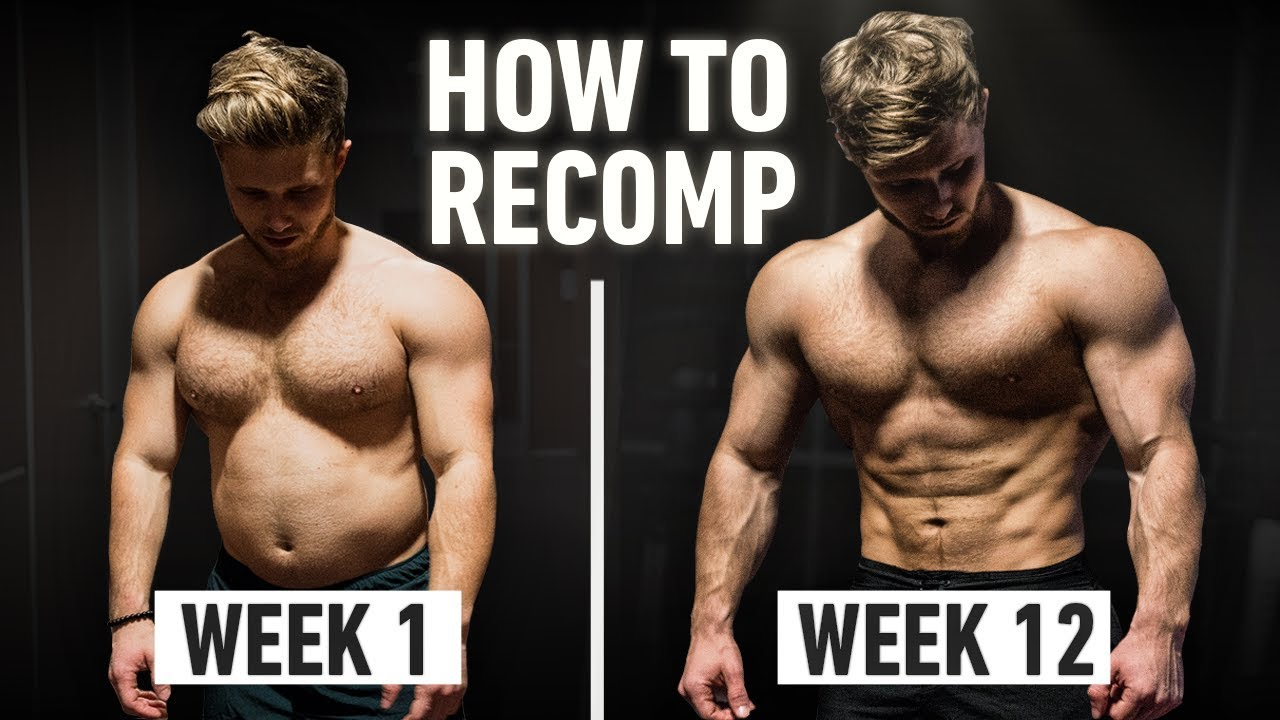The Ultimate Guide to Forearm and Grip Training: Build Stronger, Thicker Arms
When it comes to building an impressive physique, the forearms are often overlooked. Yet they’re one of the most visible muscles in daily life—especially in a t-shirt—and they play a major role in strength, performance, and aesthetics. Whether you’re chasing massive lifts, trying to balance upper-body proportions, or simply want to stop your grip from being the limiting factor, training the forearms and grip directly can pay off big.
This guide dives into some of the most effective exercises to develop your forearms and grip strength, while also breaking down the underlying muscle anatomy and giving practical advice on programming them into your routine.

Understanding Forearm Anatomy: More Than Just One Muscle
The forearm consists of a complex web of over 20 muscles, which are divided into two major groups:
- Anterior (Front) Compartment: Responsible for wrist flexion, finger flexion, and pronation. These are the muscles at work when gripping, curling your wrist, or squeezing an object.
- Posterior (Back) Compartment: Controls wrist and finger extension, as well as supination. The most notable muscle here is the brachioradialis, which plays a key role in elbow flexion, especially when the palm faces downward.
Because of this complexity, training your forearms effectively requires hitting them from multiple angles, using both dynamic and isometric movements.
1. Reverse Grip Curls
One of the simplest ways to shift emphasis from the biceps to the brachioradialis is by flipping your grip. Reverse curls, done with an EZ-bar or barbell, force your biceps into a weaker mechanical position and bring the forearms—particularly the brachioradialis—to the forefront.
Execution Tips:
- Use a thumbless grip to increase forearm activation.
- Focus on squeezing the bar with your fingers throughout the movement.
- Keep your wrists neutral or experiment with slight flexion or extension for improved mind-muscle connection.
- For advanced lifters, try adding partial reps in the top half of the range after completing full-range reps. This emphasizes the range where the brachioradialis produces the most torque.
2. Wrist Roller
Few tools challenge both sides of the forearm as directly as the wrist roller. As you roll the weight up, one wrist flexes while the other extends, creating balanced development and a brutal burn.
How to Use It:
- Stand on a platform or box so the weight hangs freely.
- Use a light load to start—fatigue builds fast.
- Avoid just letting the weight fall back down. Control the descent to keep tension on the muscles.
- Keep your arms bent and close to the torso to minimize shoulder fatigue and target the forearms more directly.

3. Towel Barbell Holds
This underrated grip challenge is an excellent way to build raw hand and forearm strength. It also carries over directly to lifts like deadlifts and rows, where grip is often the limiting factor.
Setup Instructions:
- Drape two small towels over a barbell and wrap them tightly.
- Place the bar on safety pins at knee height in a squat rack.
- Grip the towels and lift the bar just a few inches to full lockout.
- Hold for 30 seconds and build up to 45 seconds as you get stronger. Then increase the weight and repeat.
Towel grips are more demanding than holding a regular bar and force your fingers and thumb to actively squeeze—perfect for developing crushing strength without the systemic fatigue of heavy deadlifts.
4. Plate Pinch Carries
Pinch grip strength is a distinct type of grip that targets the flexors of the fingers and the thumb. It’s especially useful for sports and strongman competitors, but also a great tool for any lifter seeking thicker forearms and a stronger grip.
How to Perform:
- Take two smooth metal plates (start with 5s or 10s) and pinch them together with your fingertips.
- Lift and hold for time, or walk with them for added challenge.
- Use chalk to minimize slippage and avoid relying on friction.
- To target individual finger strength, try pinching with just the thumb and index finger, or thumb and pinky.
This variation also helps correct imbalances between dominant and non-dominant hands, as each side is trained independently.
5. Hand Grippers and Wrist Curls
Isometric holds are great, but adding dynamic movements rounds out your training. Hand grippers are perfect for building crushing strength at home or on the go.
Dumbbell Wrist Curls:
- Sit on a bench with your forearm resting on your thigh or a bench.
- Use a light dumbbell and let your wrist drop down, then curl it upward.
- Keep reps high—15–20 per set—to maximize blood flow and endurance.
Reverse Wrist Curls:
- Flip your arm over and raise the back of your hand toward the ceiling.
- Use slightly lighter weights due to the smaller size of the wrist extensors.
These isolation drills won’t have as much carryover to heavy lifting, but they’re excellent for hypertrophy and aesthetic forearm development.

How Often Should You Train Forearms?
Your forearms are already recruited heavily in deadlifts, rows, pullups, and any exercise involving grip. However, if they’re a weak point—or if grip failure holds you back—it’s worth training them directly.
Practical Guidelines:
- Beginner to Intermediate: 1–2 forearm-specific exercises, 2x per week.
- Advanced or Targeted Growth: Add 3–4 movements spread across the week.
- Pair isometric and dynamic movements for complete development.
- High reps (15–20) for wrist curls and extensions, and timed holds (30–45 seconds) for grip work.
Final Thoughts
Training your forearms and grip strength doesn’t require fancy machines or overcomplication. With a few simple tools—plates, dumbbells, towels—you can build impressive forearms, improve your lifts, and add a major visual impact to your physique.
By targeting different functions—wrist flexion/extension, crushing, pinching, and holding—you’ll stimulate the full spectrum of forearm muscles. Whether your goal is aesthetics, performance, or injury prevention, grip and forearm training deserves a spot in your program.
And remember: a strong grip doesn’t just help you in the gym—it helps you shake hands like you mean it.



